In the intricate ecosystem of our body, the gut plays a starring role—quietly influencing everything from digestion to mood. Yet, many of us pay little attention to this vital terrain until discomfort nudges us to. Transitioning to a gut-healthy diet isn’t about sudden upheaval; it’s a thoughtful journey towards nurturing balance within. By understanding the delicate communities that inhabit our digestive tract, we can make mindful choices that support their flourishing. This article explores practical steps to ease into a gut-friendly way of eating, empowering you to cultivate wellness from the inside out.
Table of Contents
- Understanding the Role of Gut Health in Overall Wellness
- Identifying Gut-Friendly Foods to Incorporate Daily
- Practical Steps to Gradually Shift Your Eating Habits
- Balancing Fiber and Fermented Foods for Optimal Digestion
- Monitoring Your Body’s Response and Adjusting Accordingly
- Q&A
- The Way Forward

Understanding the Role of Gut Health in Overall Wellness
Gut health is a dynamic cornerstone of overall wellness, influencing everything from digestion to immunity and even mental clarity. The balance of good bacteria in your digestive system works tirelessly to break down food, absorb nutrients, and protect against harmful pathogens. When this balance is disrupted, it can manifest as digestive discomfort, fatigue, or more serious chronic conditions. Nurturing your gut means paying attention not only to what you eat but also to how your body reacts to those foods, ultimately guiding you to better vitality and resilience.
Transforming your eating habits to foster a gut-friendly environment can feel daunting, but simple, mindful choices create powerful results. Start by incorporating a spectrum of prebiotic and probiotic rich foods into your meals:
- Prebiotics: garlic, onions, asparagus, bananas
- Probiotics: yogurt, kefir, sauerkraut, kimchi
Additionally, minimizing processed sugars and artificial additives helps starve harmful bacteria, allowing beneficial microbes to thrive. Hydration and regular meals keep digestion smooth and balanced. Monitoring your body’s response along the way transforms this transition into an empowering journey toward lasting health.
| Common Gut Irritants | Better Alternatives |
|---|---|
| Refined sugar | Fresh fruit & natural sweeteners |
| Processed snacks | Nuts, seeds & whole grains |
| Artificial additives | Whole, unprocessed foods |

Identifying Gut-Friendly Foods to Incorporate Daily
When aiming to nurture your digestive system, it’s essential to invite ingredients rich in prebiotics and probiotics into your daily routine. Foods like fermented vegetables (kimchi, sauerkraut), Greek yogurt, and kombucha introduce beneficial bacteria that support a balanced gut flora. Meanwhile, fiber-packed choices such as oats, bananas, and chickpeas act as food sources for these microbes, aiding their survival and activity within your system.
Incorporating a diverse variety of plant-based foods helps maintain a resilient gut environment. Consider adding these foods consistently:
- Leafy greens (spinach, kale) for antioxidants and fiber.
- Berries for polyphenols that encourage microbial diversity.
- Whole grains such as barley and quinoa to sustain healthy digestion.
| Food Type | Key Benefit | Examples |
|---|---|---|
| Probiotics | Boost friendly bacteria | Yogurt, Kefir, Sauerkraut |
| Prebiotics | Feed good bacteria | Garlic, Onions, Asparagus |
| Fiber-Rich Foods | Improve bowel regularity | Lentils, Apples, Whole Grains |
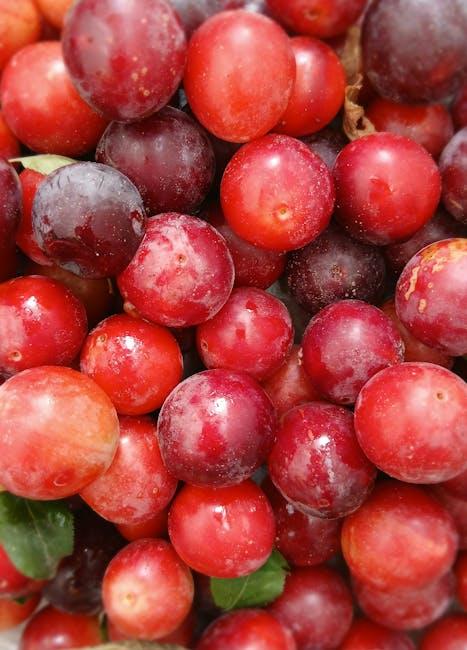
Practical Steps to Gradually Shift Your Eating Habits
Start with small, manageable changes that won’t overwhelm your routine. Swap out processed snacks for natural alternatives like nuts, seeds, or fresh fruit. Gradually incorporate more fiber-rich foods such as whole grains, legumes, and leafy greens, which feed the beneficial bacteria in your gut. Drink plenty of water to support digestion and add fermented foods like yogurt, kimchi, or sauerkraut to introduce healthy probiotics naturally into your diet.
Use this simple guide to kick off your transition:
- Week 1-2: Replace one processed snack with a fruit or handful of nuts daily.
- Week 3-4: Introduce a serving of fermented food at least three times a week.
- Week 5-6: Add a vegetable or legume to every meal.
- Week 7+: Focus on whole grains like brown rice or quinoa instead of refined carbs.
| Food Category | Gut Benefit | Example Foods |
|---|---|---|
| Fiber | Feeds good bacteria | Oats, beans, broccoli |
| Probiotics | Increases beneficial microbes | Yogurt, kefir, kimchi |
| Prebiotics | Supports probiotics | Garlic, onions, asparagus |
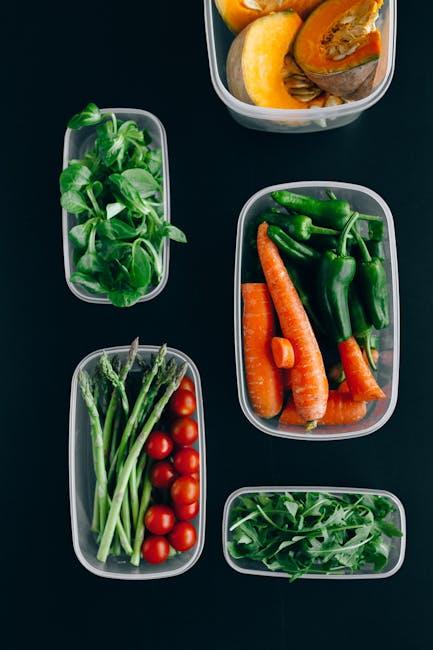
Balancing Fiber and Fermented Foods for Optimal Digestion
Striking the right harmony between fiber and fermented foods is essential for nurturing a vibrant gut ecosystem. Fiber serves as the primary fuel for beneficial bacteria, promoting their growth and the production of short-chain fatty acids that support intestinal health. Meanwhile, fermented foods directly introduce live probiotics, enriching the diversity of your microbiome. To cultivate this balance smoothly, consider these key tips:
- Introduce fiber gradually: Sudden increases can cause bloating or discomfort; instead, add fibrous foods like oats, beans, and vegetables over several weeks.
- Vary your fermented choices: Include yogurt, sauerkraut, kimchi, and kombucha to diversify beneficial bacterial strains.
- Pair fiber with fermented foods: Combining them in a single meal supports probiotic efficacy and overall digestion.
| Food Type | Examples | Key Benefits |
|---|---|---|
| High Fiber | Chia Seeds, Lentils, Broccoli | Feeds gut bacteria, aids transit |
| Fermented | Kefir, Miso, Pickles | Introduces probiotics, boosts diversity |

Monitoring Your Body’s Response and Adjusting Accordingly
Embarking on a gut-healthy diet is a dynamic journey that requires you to become your body’s keen observer. Pay close attention to how you feel after meals—energy levels, digestion comfort, and even mood shifts can offer vital clues. Keep a simple food diary noting what you eat alongside any bodily reactions. This record becomes a powerful tool in identifying foods that agree with your system versus those that prompt discomfort. Remember, subtle changes can take time to manifest, so patience is key as your microbiome adjusts.
It’s essential to be flexible and ready to tweak your approach based on what your body communicates. Reactions such as bloating, lethargy, or digestive irregularity shouldn’t be ignored. Consider gradually introducing or removing certain ingredients and observe the outcomes. Here’s a quick reference guide for common signs and suggested responses:
| Symptom | Possible Cause | Suggested Action |
|---|---|---|
| Bloating | Excessive fiber or fermentable carbs | Reduce fiber intake; reintroduce slowly |
| Fatigue | Low nutrient absorption | Incorporate probiotic foods and hydration |
| Constipation | Insufficient water or fiber | Increase water and soluble fiber intake |
| Improved Energy | Balanced gut flora | Maintain current diet and monitor |
- Listen to your gut—literally, it knows best.
- Adjust gradually to avoid shock and promote sustainable changes.
- Consult professionals when unsure about persistent symptoms.
Q&A
Q&A: How to Transition to a Gut-Healthy Diet
Q1: Why should I care about transitioning to a gut-healthy diet?
A1: Your gut is the bustling metropolis of your body’s digestive system—a vibrant ecosystem where trillions of microbes live and work. A gut-healthy diet nurtures this community, improving digestion, boosting immunity, and even enhancing mood. Transitioning thoughtfully helps your gut flora adapt smoothly, unlocking these benefits without discomfort.
Q2: What’s the first step to shifting toward a gut-friendly way of eating?
A2: Start by tuning into your current eating habits with curiosity, not judgment. Gradually introduce fiber-rich foods like fruits, vegetables, whole grains, nuts, and seeds. These nourishes the good bacteria and create a welcoming environment for them to thrive.
Q3: Can I overhaul my diet overnight?
A3: Think of this transition as planting a garden, not mowing a lawn. Sudden drastic changes can overwhelm your digestive system, leading to bloating, gas, or discomfort. Instead, swap or add new gut-healthy ingredients slowly, allowing your microbiome to bloom at its own pace.
Q4: What role do fermented foods play in a gut-healthy diet?
A4: Fermented foods like yogurt, kimchi, sauerkraut, and kefir act as live reinforcements—probiotics that introduce beneficial bacteria to your gut. Including them regularly helps build balance and diversity within your microbial community.
Q5: Are there any foods I should avoid or limit during this transition?
A5: Highly processed foods, excess sugars, and artificial additives can disrupt your gut’s harmony. Cutting back on these helps reduce inflammation and supports the growth of friendly bacteria. Also, be mindful of alcohol and too much caffeine.
Q6: How important is hydration in supporting a gut-healthy diet?
A6: Water is the unsung hero of digestion, keeping things flowing smoothly and helping fiber do its job. Staying well-hydrated ensures that your gut environment remains balanced and comfortable.
Q7: What if I find experiencing digestive discomfort during the transition?
A7: Mild bloating or gas is normal as your gut adjusts. If discomfort persists, slow your pace, reduce the intake of high-FODMAP foods (which ferment quickly), and consult a healthcare professional if needed.
Q8: How long does it typically take to notice benefits from a gut-healthy diet?
A8: While some people feel improvements in energy or digestion in as little as a week, meaningful changes in microbiome diversity can take a month or longer. Patience and consistency pay off in vibrant, long-term gut health.
Q9: Can a gut-healthy diet impact more than just digestion?
A9: Absolutely. Research is unveiling connections between gut health and mental wellbeing, immune resilience, and even skin condition. A flourishing gut ecosystem resonates positively throughout your entire body.
Q10: What’s a simple daily habit to maintain gut health after transitioning?
A10: Keep a colorful plate — variety fuels a diverse microbial population. Combine prebiotic fibers (think onions, garlic, asparagus) with probiotic-rich foods daily, and listen to your body’s responses as you continue your gut journey.
Transitioning to a gut-healthy diet is a creative, individualized dance. With mindful steps, your gut can flourish, unlocking vitality far beyond digestion alone.
The Way Forward
Embarking on the journey to a gut-healthy diet isn’t just a shift in what you eat—it’s a gentle realignment with your body’s natural rhythms and needs. As you weave more fiber, fermented foods, and mindful choices into your daily routine, remember that transformation takes time. Celebrate small victories and listen intently to your gut’s unique signals. With patience and consistency, you’re not only nurturing your digestive system but cultivating a foundation for lasting well-being. Here’s to a happier gut and a healthier you—one bite at a time.









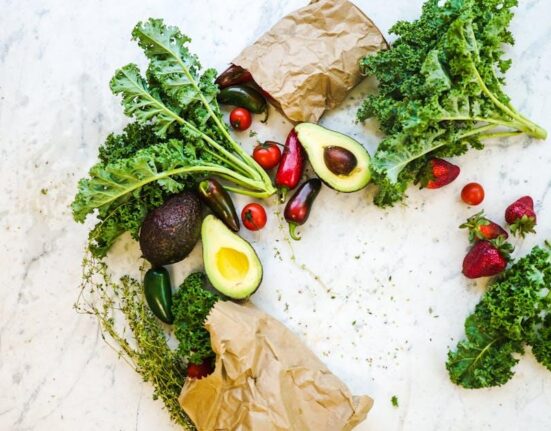

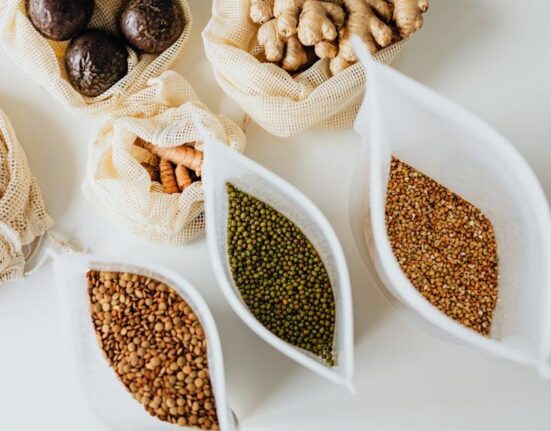

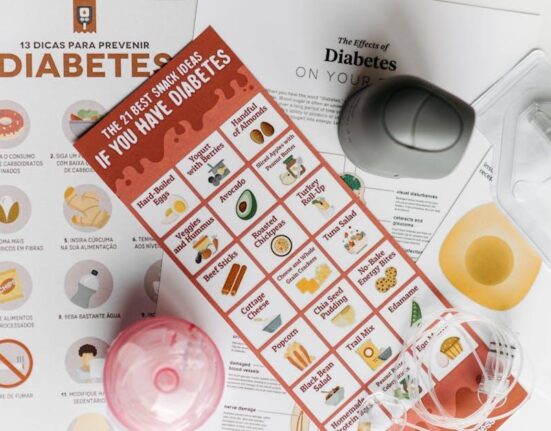
Leave feedback about this